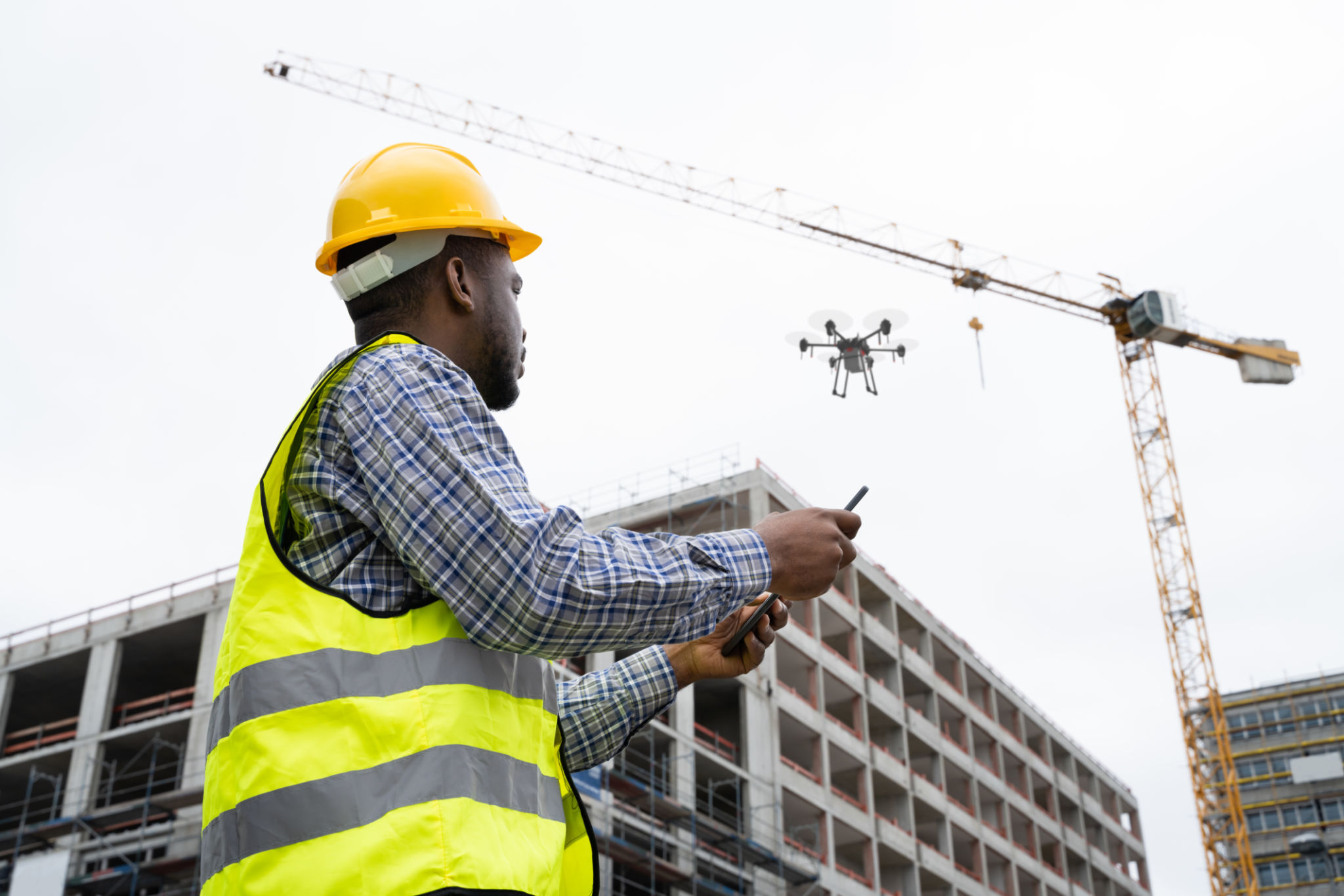Automation Nation: Which U.S. Industries Are Ripe for AI Disruption & Why Construction Might Be the Dark Horse
Across the United States, industries are racing to understand how artificial intelligence (AI), robotics, and automation will reshape their workforces. According to a recent MSCI report, automation exposure was analyzed across more than 900 U.S. occupations, revealing a striking divide: while some sectors face high exposure to AI disruption, others—like construction—remain relatively shielded, but not for long.
Industries Most Exposed to Automation
The report, using data from Goldman Sachs Global Investment Research, found that roles involving repetitive, administrative, or analytical tasks face the highest automation potential.
- Office and Administrative Support: 46% exposure
- Legal: 44%
- Architecture & Engineering: 37%
- Business & Financial Operations: 35%
Meanwhile, labor-intensive sectors like construction (6%), installation and repair (4%), and maintenance (1%) currently rank among the lowest in automation exposure. Their reliance on physical labor, on-site coordination, and environmental variability makes full automation difficult — for now.

Why Construction Still Has Untapped Potential
While construction may appear safe, the tide is shifting. Emerging AI-driven technologies — from robotic bricklayers and autonomous heavy equipment to 3D-printed concrete structures — are redefining what’s possible on the jobsite. As urbanization intensifies and skilled labor shortages grow, automation offers the industry an opportunity to boost productivity and offset workforce gaps.
Companies like Built Robotics, ICON, and Boston Dynamics are already pioneering automation in earthmoving, framing, and inspection. When combined with AI-enabled project management platforms and digital twins, construction is quietly becoming one of the most data-driven industries in the U.S. — even if its automation score doesn’t yet reflect it.
The Future of Hybrid Work in the Field
The next phase of industrial automation won’t replace workers—it will augment them. In construction, that means smarter tools, not fewer hands.
- AI scheduling reduces project delays.
- Robotic surveying and drone mapping enhance accuracy and safety.
- Predictive analytics anticipate maintenance before failures occur.
The real winners will be companies that pair technology adoption with human expertise—leveraging AI to make decisions faster, safer, and more cost-efficient.
Key Takeaway
While office-based roles may be the first to experience sweeping automation, construction’s transformation will be slower but ultimately more powerful. As the industry embraces robotics and machine learning, the potential for sustainable, cost-efficient, and high-precision building is enormous.
The future of automation isn’t about replacing people—it’s about empowering them to build smarter.